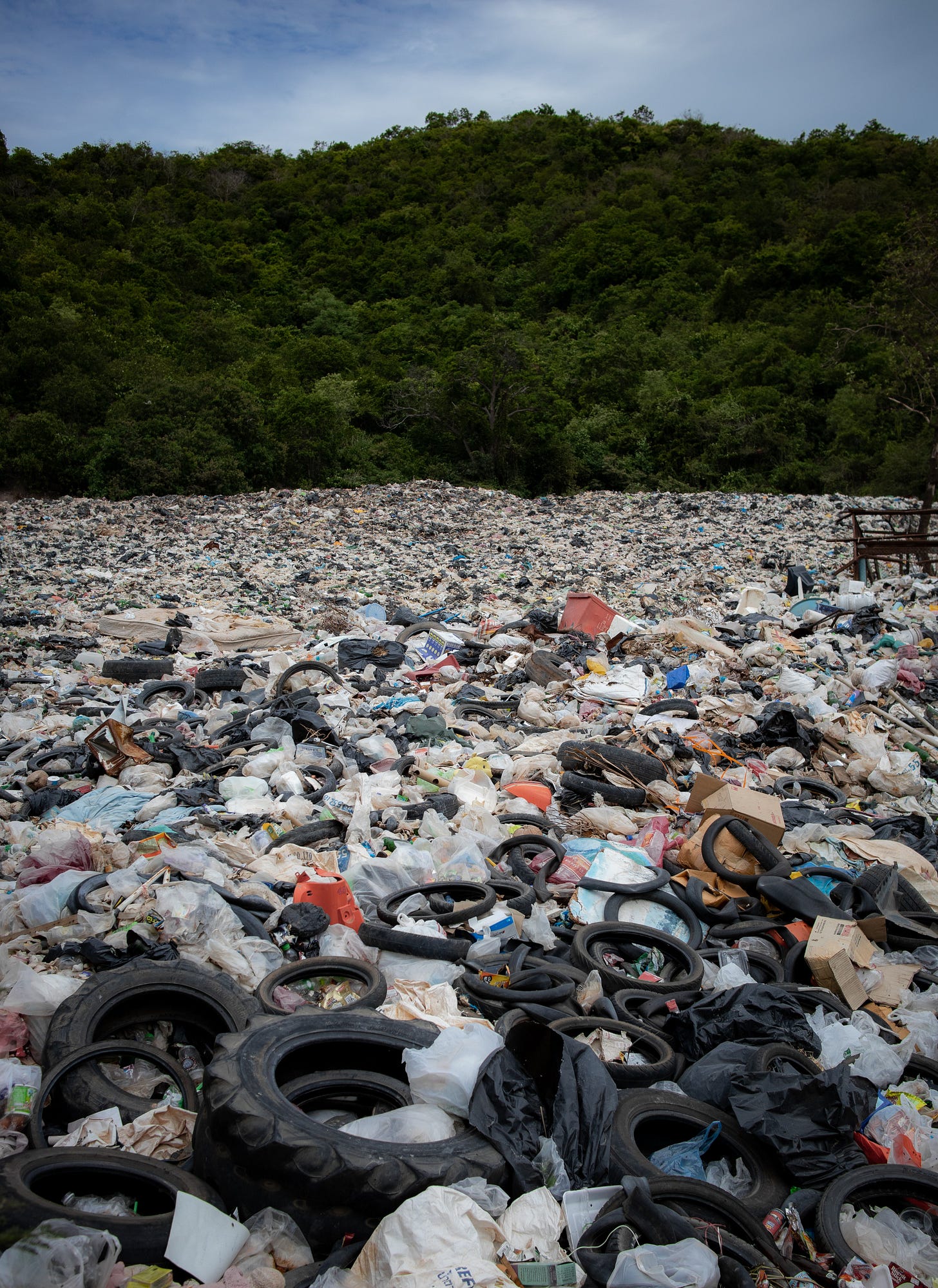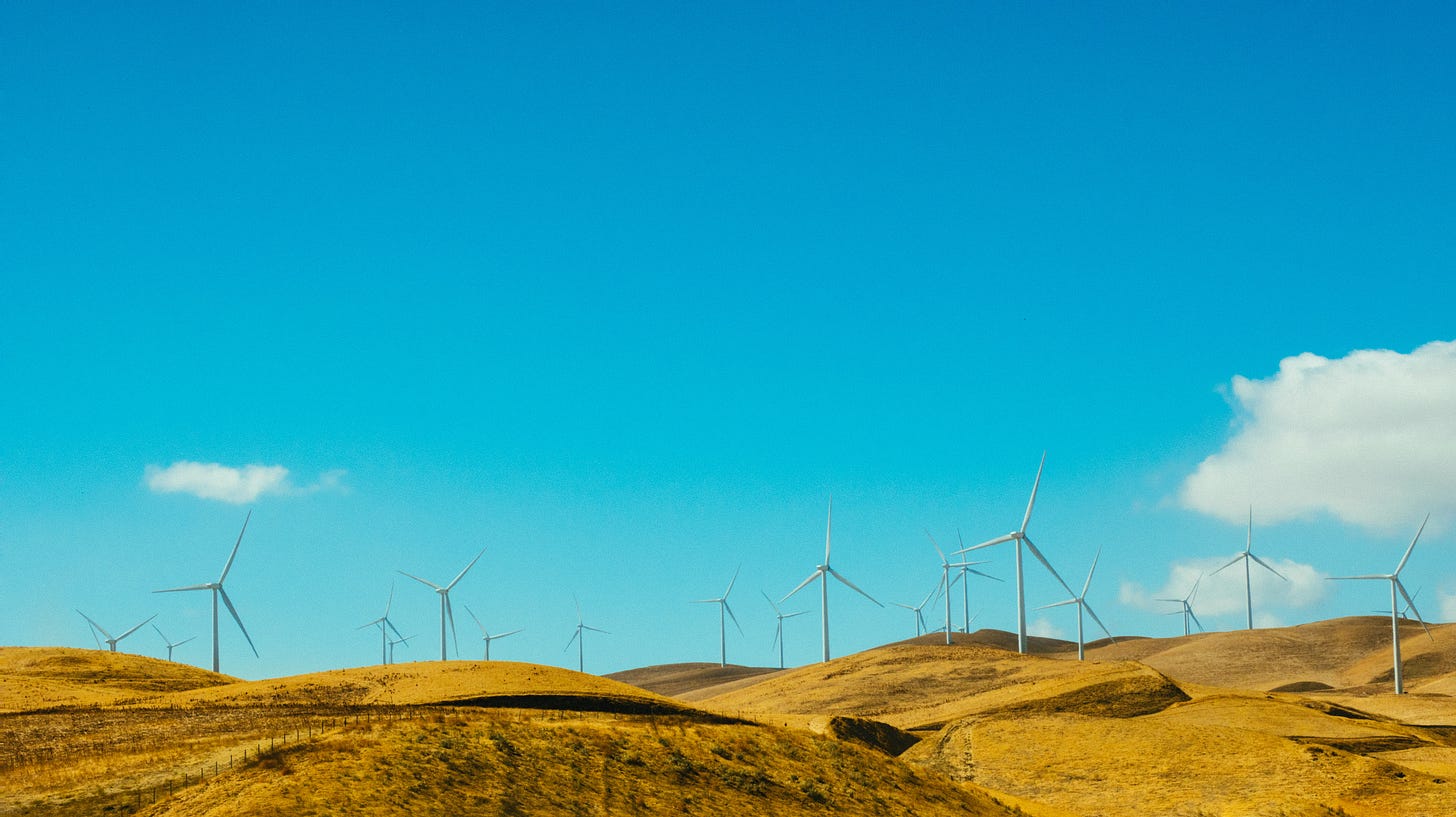The Green Energy Scam
The focus on electric cars as a solution to excess carbon in the atmosphere is illogical at best, and duplicitous at worst. The claim that they emit no carbon into the atmosphere is a shell game. The carbon is emitted, just not at the car’s location. Unless the car carries on-board clean energy-generating ability, the power has to come from somewhere else. Most of the energy in the U.S. is produced from fossil fuels, including petroleum (35%), natural gas (34%) and coal (10%). Another 12% is generated from renewable sources, which include both biomass and ethanol – both of which emit carbon. The only sources of energy that do not emit carbon currently available are hydropower and nuclear.
We decided after Three Mile Island and Chernobyl that nuclear power was bad. When the tsunami took out the Japanese reactor, we had absolute proof: nuclear energy must be abolished. There are a few problems with this narrative. The decision to hobble nuclear energy had already been made decades earlier, by people passionate about the environment, but more interested in virtue signaling than actually helping the environment. The hobbling actually led to the worst of the disasters.
Complicating Nuclear
I had an unusual perspective on these issues. My entire family was less than 5,000 feet from TMI when it started into meltdown. Later, we moved to Europe shortly after the Chernobyl disaster. My second cousin talked with me about nuclear plant safety systems – with four bachelor’s degrees, two Masters and a Doctorate, he was an acknowledged authority on the subject. He informed me that, rather than ban nuclear plants, activists had worked to enact so many restrictions on them that by the time they were finally approved there was no extra money left for anything beyond minimally-required safety systems. In the case in Japan, the minimum requirement was met by placing the plant at sea level, although a four-meter platform was a far better solution because of tsunamis. We regulated nuclear out of existence.
Electric cars do not reduce carbon emissions, they merely shift their location. If the electricity used is from an old coal-fired plant, then using that electricity pumps more carbon into the atmosphere than a petrol-based internal-combustion engine. It’s just emitted in a different place. Since there’s only one atmosphere, it doesn’t matter where the carbon is emitted.
Line Loss
The issue of line-loss is crucial if the power is generated at a distance. On average, only 34% of the energy created is actually delivered; the rest is subject to a phenomenon called line-loss. We waste far more energy getting the power to the car than we deliver.
I was engaged about eight or ten years ago by a group of wealthy investors to locate sites suitable for solar or wind generation, with emphasis on solar. I soon learned that we could use tops of buildings for small fields and empty airport land for large ones. But airports are already trying to become self-sufficient through building solar generating their own electricity. This doesn’t work in the US north of about Interstate 70. Massive solar farms can only be built where there is a lot of land available. That meant that the solar farm was of necessity far from the end-users. And that pesky line-loss popped up.
The most lucrative siting would be on old landfills that were not already built upon. The sites have the advantage of being able to recoup methane from them, which emits little carbon. But records are both scarce and inaccurate. Texas alone has more than 4,200, and possibly more since records weren’t important much before an understanding of the germ theory of disease. A small field of solar panels could be built on-site, and connected to the grid. Methane would eventually give out. And the greatest problem was that the generating fields would be far distant from users.
Storing power for use overnight was a major hurdle. I developed one such system in a fictional book, Finding Closure https://www.amazon.com/gp/product/B01MZH5NH0?notRedirectToSDP=1&ref_=dbs_mng_calw_2&storeType=ebooks
Wind brings its own problems. It shares the need for storage of energy produced, and is hazardous to two of the species without which humans cannot exist: birds and bats. It is expensive and has a short tlifespan. And, as we found in Texas, it is subject to weather stress. The greatest problem is NIMBY: Not in My Back Yard. Denmark proudly stations giant commercial windmills off its coast. Doing that in the US would be impossible. Few cities or other large power consumers were built in consistently windy places. Wind farms are both noisy and ugly. The best locations for offshore wind farms are in the waters of Massachusetts, Maryland and California, three of the bluest states in the country. Their residents want no part of things that obstruct their gorgeous ocean views.
The anti-petroleum lobby is occupied by hypocrites. They want to signal their virtue by lecturing others about using electric vehicles, all the while resisting location of anything to do with “green energy” located anywhere near them.
Spain bought into the promise of “high paying, new, green jobs.” It tried to create them, only to find that they destroyed more than twice as many other jobs as they created. There are other forms of green energy that can be considered:
· Geothermal, which uses the difference in temperature between the surface and sub-surface areas that are heated by magma. These are irregularly located throughout the world, and locations with high potential are located above volcano-producing hot spots. This type of energy is best used for residential heating and cooling, and few people look forward to living atop a volcano.
· Tidal, which uses the relatively predictable actions of large bodies of water that are subject to extraordinary forces from the gravity of both moon and sun. The most famous is the Bay of Fundy in Canada. Not enough to make a perceptible difference.
· Fuel cells, which look great in theory. It requires only hydrogen and oxygen, and its emissions from fossil fuels. Neither seems appropriate.
· Wave Action. This is without question the most promising source of green energy. The issue is unreliability. In the Pacific, there are many land formations where wave action could be converted to electricity. Until either a dead calm or a Monsoon hits. The dead calm produces no energy, while the Monsoon destroys the energy producing units. While sea mounts are protected from being over-taken in the case of a tsunami by shallow water wave physics, lower-lying islands are not. This has been repeatedly demonstrated in Indonesia, Thailand and Sri Lanka.
Abandoned Subways
Most forms of green energy fail based on technical or reliability – or storage – issues. Those that don’t fall to one of these, wind up fling due to line loss. Earlier this year Deloitte published a very positive essay on the future of green energy, and highlighted infrastructure build-out as a major concern. If it proves possible to build enough generating capacity to do away with fossil fuels, the question remains how long it will take, and ultimately how much this will cost. US Government official sources assure us that this can be done cheaply and quickly. The only government-built subway line in New York City started 90 years ago and still isn’t finished. The millions spent on rail cars had been written off half a century ago.
In a disagreeing essay, Powerline Blog earlier this year said that it will never happen. I’m personally inclined to take the blog’s word over the governments. Even should we stop all use of petroleum today, we will still need petroleum. It forms the basis of the entire plastics industry and is critical to production of many medications. No one has yet developed a better lubricant than oil, and it is used in many other industries. 500,000-ton ships cannot cross an ocean on sail power. Electric heat for homes and other buildings is highly inefficient. We can add insulation, but that uses petroleum as well.
I can only conclude that green energy is a scam with no explicable purpose other than to keep the bubble going on grants and research.









Brilliantly written. I get the sense that even on left leaning voters, the opinion regarding nuclear is slightly shifting and they are increasingly welcoming the idea.
I'm learning to trust you on, oh, I don't know, *everything,* but I still want to know how we safely and permanently store nuclear waste and all that glowing water from the cooling pools.